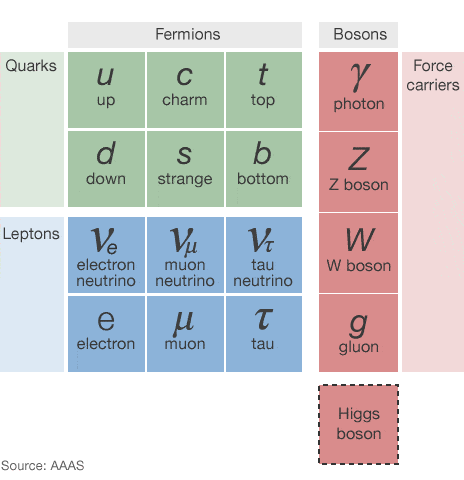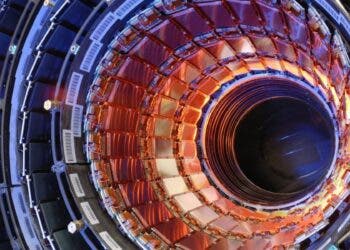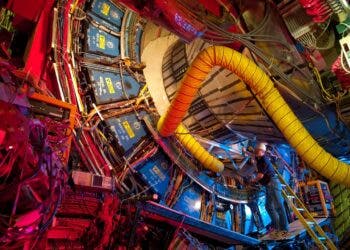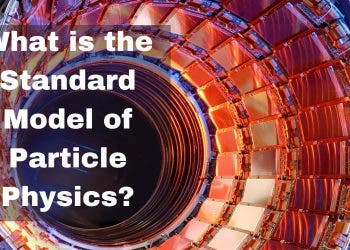The science of physics has entered a new era once with the discovery of the much sought-after Higgs boson in July 2012. The elementary particle thought to be responsible for granting matter its mass has been theorized for decades, but only with the deployment of the multi-billion Large Hadron Collider in Geneva could such a quest commence. Years of hard work, painstaking analysis, and a fine eye for detail have paid off eventually. Mixed emotions tried the team of researchers that headed the Higgs boson experiments after the monumental findings – what if they were wrong? Recently, an international panel of scientists has confirmed and cemented the discovery of the boson that has eluded physicists for all these years, after they reviewed massive amounts of data in the wake of the find.
The Higgs boson was first theorized in 1964 what of the need to fill in gaps in our understanding of the Universe. The particle was named for Peter Higgs, one of the physicists who proposed its existence, but it later became popularly known as the “God particle,” since its believed it grants all particles, and thus all matter, with size, shape, and mass.
“The preliminary results with the full 2012 data set are magnificent and to me it is clear that we are dealing with a Higgs boson, though we still have a long way to go to know what kind of Higgs boson it is,” said Joe Incandela, a physicist who heads one of the two main teams at CERN, each involving several thousand scientists.

In order to confirm its existence and learn more about the subatomic particles, both the Atlas and CMS teams went through and analyzed more than two and a half more data than they had at their disposal when they first announced they had come across a particle that is very Higgs-like. The most important properties of a subatomic particle are considered to be it spin and parity.
“Now we’ve got more precise questions: is this particle a Higgs boson, and if so, is it one compatible with the Standard Model?” said Tony Weidberg, Oxford University physicist and a collaborator on the Atlas experiment.
At the Moriond conference in Italy, scientists at CERN reported that their entire data sets from 2011 and 2012 strongly suggest that the new found particle’s spin is zero, making it the first elementary particle with such a property. Luckily, the finds are on par with Standard Model of Physics predictions so far. Another theory of physics however, called supersymmetry, predicts that in fact a number of various and different Higgs bosons exists.
“The preliminary results with the full 2012 data set are magnificent and to me it is clear that we are dealing with a Higgs boson, though we still have a long way to go to know what kind of Higgs boson it is,” said Incandela.
This will require even more data and experiments to determine. Considering the LHC is slated for a two year shut down for maintenance, it might take a while.






